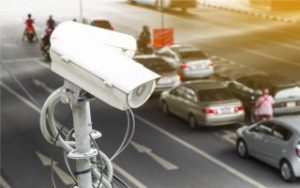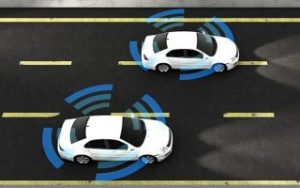Bluetooth is a wireless technology, commonly used for exchanging data over short distances (typically up to 10m). Class 1 Bluetooth however, primarily used in industry, has a range of up to 100m. When two devices want to talk to each other, they need to pair.
It is a fast-growing technology and an every day term these days for anyone with a smart phone or hands-free in their car. It’s built into billions of products on the market, from headsets to smart phones, speakers and more recently, wearable devices.
There are two main flavours;
Bluetooth BR/EDR – optimised for sending a steady stream of high quality data (i.e. music) in a power efficient way. Hence its most popular application historically has been wireless audio headsets and hands-free connectivity in cars to wireless speakers and headphones that stream music from your phone or tablet.
Bluetooth Smart or BLE – power and application-friendly version that was built for the Internet of Things (IoT). Developers are now able to create small sensors that run off tiny coin-cell batteries for months, and in some cases, years. This allows you to find the technology in billions of devices today, everything from phones to headsets to basketballs and socks.
The Bluetooth Special Interest Group (SIG) is the body that oversees the development of Bluetooth standards and the licensing of the Bluetooth technologies and trademarks to manufacturers.
Interesting fact: The name came from a tenth century Danish King, Harald Blåtand or, in English, Harold Bluetooth.
Browse more protocols: Thread | UPB | Wi-Fi | X10 | Z-Wave | ZigBee





